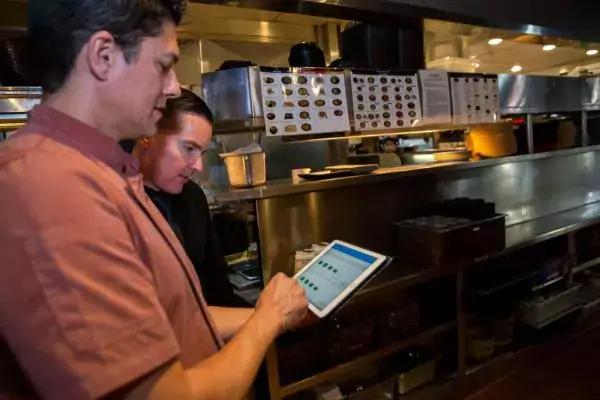You may remember the classic line from “A Christmas Story”: You’ll shoot your eye out, kid! A 2015 version might be, “You’ll take a power line down, kid!”
Drones are increasingly in demand, in fact topping eBay’s list of The Hottest Holiday Gifts of 2015. They’ve captured the imagination of kids and adults alike. Now, these remote-controlled flying devices are also on the radar of today’s largest companies.
Amazon delivery drones will soon be taking a test flight in the city of Chiba, Japan, where the government declared the city’s airspace a deregulated zone. Meanwhile, Google’s parent company, Alphabet, wants to begin delivering packages via drones to consumers by 2017, while Walmart has applied to U.S. regulators for permission to test drones for home delivery.
These companies will have to overcome many hurdles, given the Federal Aviation Administration’s strict regulations on American airspace’s. Drone delivery may be a reality in Europe first where companies will find a more relaxed regulatory environment. But according to one aerial vehicle interviewed by Time, U.S. customers shouldn’t hold their breath. He foresees drone delivery being as common as Fedex or UPS by the late 21st century. In other words, he doesn’t think we’ll be alive to see it!
It also raises the question, by the time drone delivery becomes legal and regulated, will customers still care? Will some new innovation have taken its place?
The Immediate Future is Better Logistics
The other day, a friend of mine posted on his Facebook, “Should I tip the Prime Now driver for delivering a $1.89 Powerade?” I read, laughed, and knew that the future had arrived. (If you research this topic, you’ll see this is up for debate. )
In the immediate future, ground logistics take precedence. Instead of looking to the sky right now, c-store retailers would be better positioned to keep their eyes on the road. They should start to study companies like UPS, who are investing big money in technologies like Orion that mathematically determine the most fuel efficient ways to deliver goods.
7-Eleven has taken an early lead on home delivery, partnering with startups DoorDash in five cities and Tapingo in college markets.
Here are two important questions convenience retailers need to consider when thinking about delivery:
- If you were to offer a delivery service, would you be able to move goods from the floor quickly and complete the order accurately?
- Even delivery services from Amazon Prime Now take an hour or two. Is it going to be possible to reduce that window to the amount of time it takes an employee from the corner store to deliver?
That’s where convenience stores are uniquely positioned and can profit in the short and long term. Geographically, they have more locations and can beat larger retailers, Internet or big box, in a foot race.
If your convenience store network can handle it, you may want to start weighing your options for local delivery. Buy the drone for the office this year, but consider buying into technology that can help you understand your operations better.
Subscribe to our blog
You are now subscribed!


